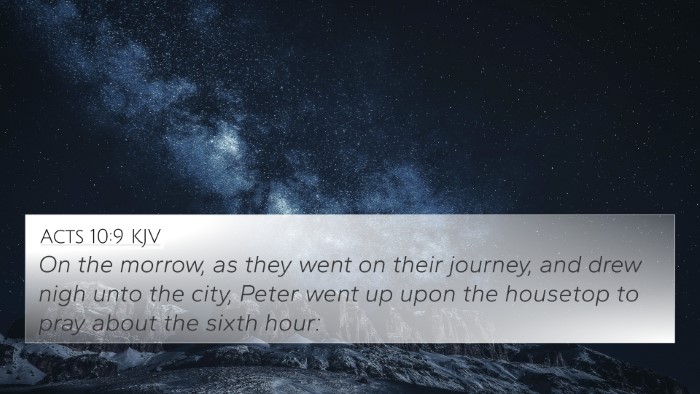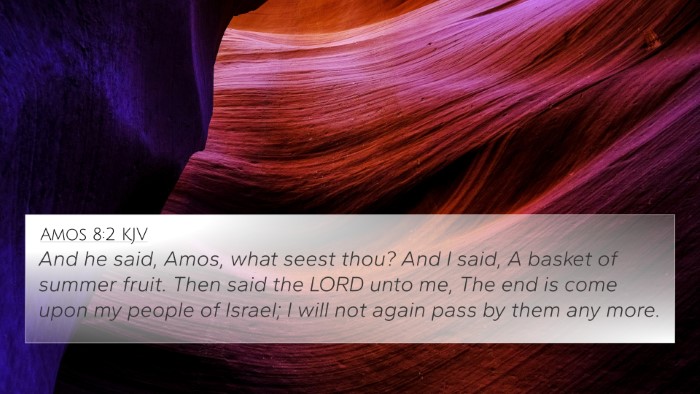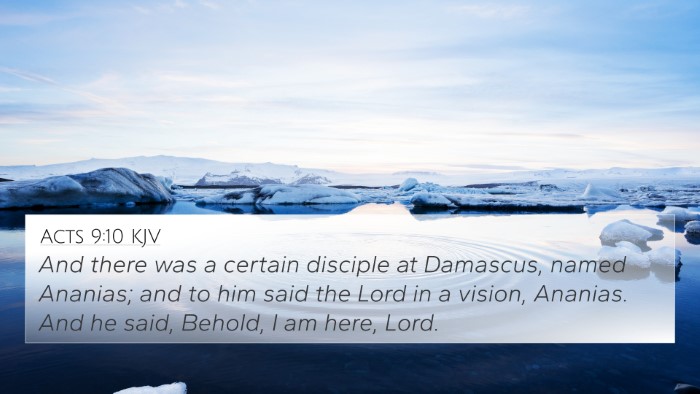Understanding Acts 11:5
Acts 11:5 states: "I was in the city of Joppa praying, and in a trance I saw a vision, an object descending like a great sheet let down from heaven by four corners; and it came to me." This verse recounts a pivotal moment in the Apostle Peter's life that significantly impacted the early church. Below, we explore its meaning through insights from public domain commentaries.
Contextual Background
In Acts 11, Peter recounts his visionary experience to the apostles and the church in Jerusalem. This event follows his visit to the Gentile Cornelius, marking a critical moment in the church's transition from a primarily Jewish body to an inclusive community that embraced Gentiles.
Summary of Commentaries
Combining insights from Matthew Henry, Albert Barnes, and Adam Clarke provides a comprehensive understanding of this verse.
Matthew Henry's Commentary
Matthew Henry emphasizes that Peter's trance and vision served as divine preparation for the radical inclusion of Gentiles into the faith. It illustrates God's sovereign will, showing that He desires a broader reach for His message beyond ethnic boundaries. Henry notes the significant symbolism in the sheet containing various animals, demonstrating that what God has cleansed should not be called common or unclean, pointing to the new covenant's transformative grace.
Albert Barnes' Notes
Albert Barnes highlights the supernatural nature of Peter's experience, indicating that it was a specific revelation from God directing Peter to take the Gospel to the Gentiles. Barnes elucidates that this vision was pivotal, showcasing God’s active role in orchestrating the events that led to the Gentiles' inclusion, representing a fulfillment of Old Testament promises regarding the nations coming to worship God.
Adam Clarke's Commentary
Adam Clarke offers a detailed analysis of the vision's symbolism, asserting that the sheet signifies both the church's mission and the vast diversity of God's creation. Clarke explains that the four corners symbolize the four corners of the earth, indicating that the Gospel is intended for all humanity. He also addresses Peter's initial confusion and reluctance, reflecting the prevailing Jewish mindset and God's intent to dispel such prejudices.
Thematic Connections
This passage connects to several Biblical themes, including:
- Divine Revelation: God reveals His plans through visions to guide His servants.
- Inclusivity of the Gospel: The Gospel is meant for all people, transcending ethnic and cultural barriers.
- Transformation: The transition from the Old Covenant to the New Testament realities of grace and acceptance.
Cross-References
Acts 11:5 is interconnected with several other biblical passages that enrich its understanding:
- Isaiah 49:6: An affirmation of Gentiles as part of God's salvation plan.
- Acts 10:10-16: Peter’s original vision detailing the animals and God's command.
- Galatians 3:28: The new unity found in Christ transcends cultural and social divisions.
- Matthew 28:19: The Great Commission emphasizing discipleship of all nations.
- 1 Timothy 2:4: God's desire for all people to be saved and come to knowledge of the truth.
- Romans 10:12: There is no distinction between Jew and Greek in the Gospel.
- John 10:16: Christ speaking about bringing in other sheep not of this fold.
Practical Applications
For contemporary readers, Acts 11:5 serves as a reminder of several essential principles:
- Embrace Diversity: Acknowledge the various backgrounds and experiences that people bring to the faith.
- Be Open to God's Leading: Remain receptive to divine direction, especially when it challenges personal prejudices or traditions.
- Mission Focus: Actively pursue opportunities to share the Gospel with all, regardless of background.
Conclusion
Acts 11:5 is a profound illustration of God's transformative vision for humanity. Through Peter's experience, we see the early church's barriers being challenged, prompting a significant paradigm shift. By understanding this verse within the context of inter-Biblical dialogue and scriptural cross-referencing, we can appreciate its rich theological implications and apply its lessons to our lives today.











